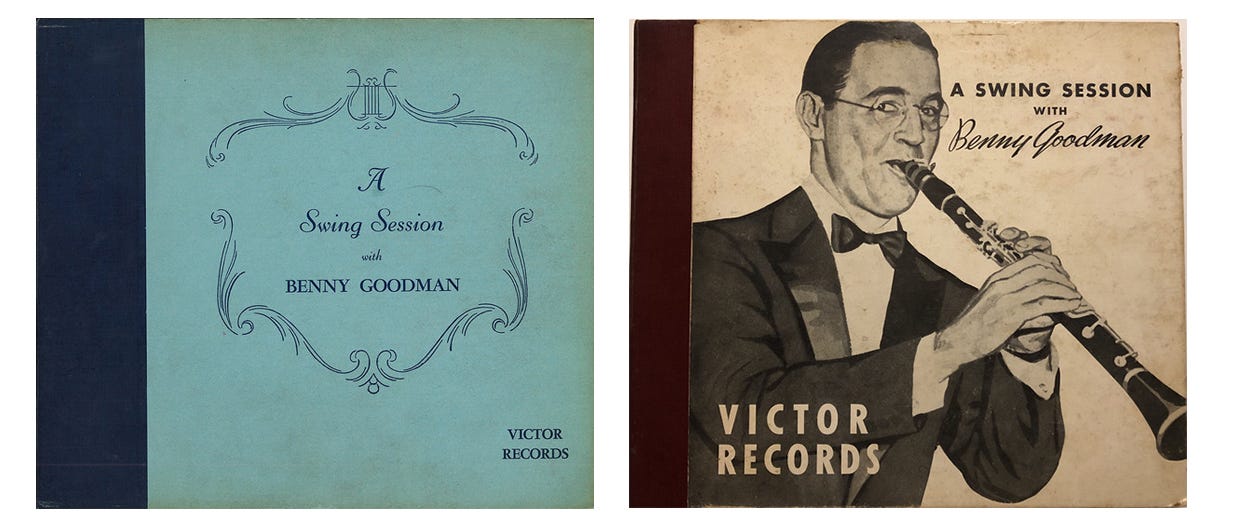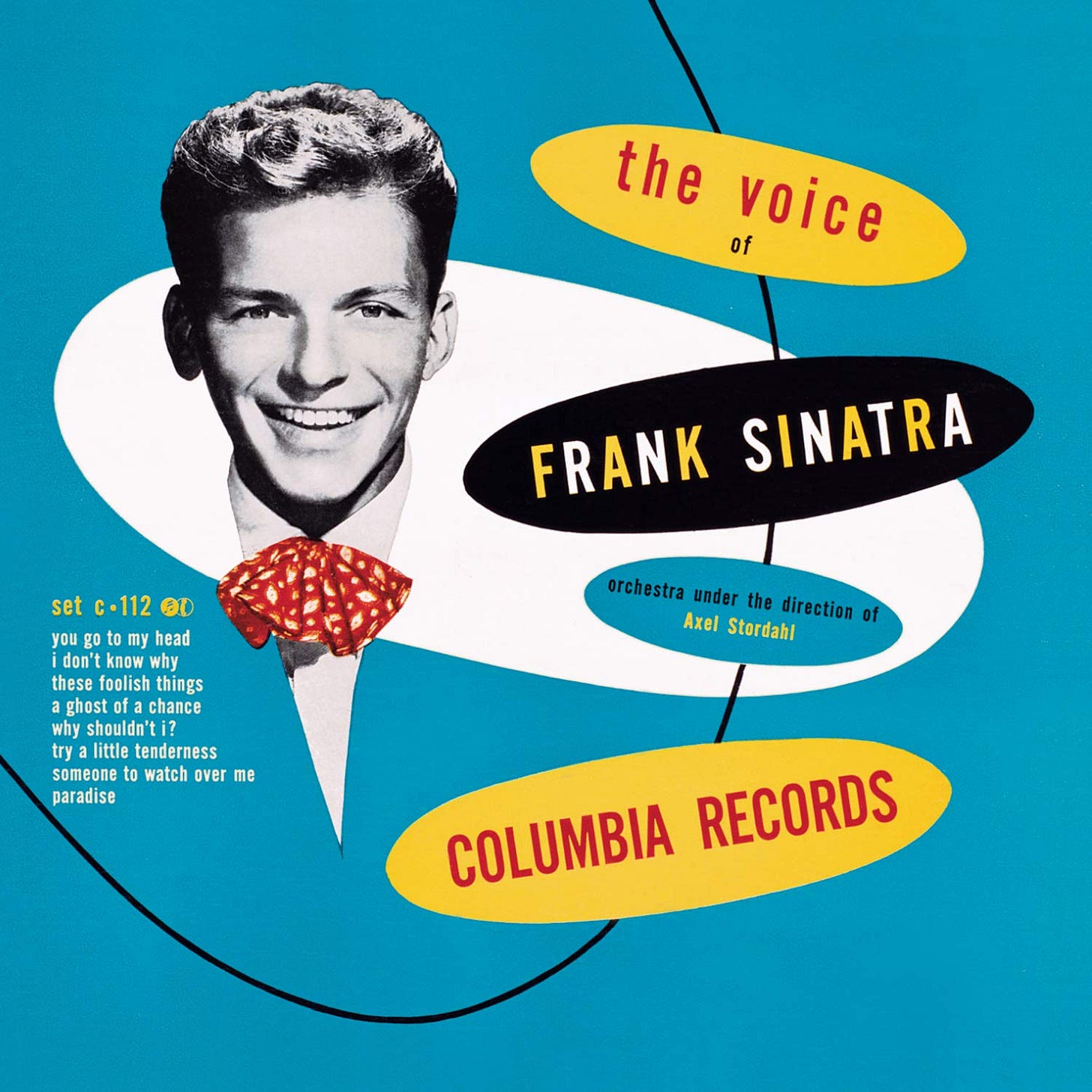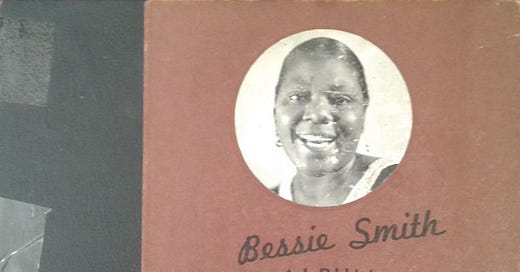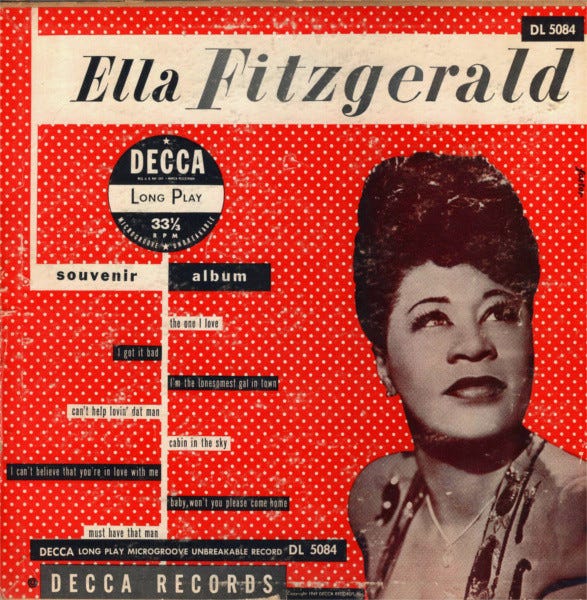The Portrait as a Tool for Reinvention
How the record cover has the power to drastically change a musician's image
For every ten record covers that you flip through in the bin, eight out of ten most likely are a portrait. Whether it’s a photograph or an illustration, the face has been a popular subject of many a cover, and for good reason. Looking back to when the only other means of visual marketing for musicians were printed ads and maybe making it on television, their “image” was heavily reliant on their cover art.
Fast forward to the 21st century where a musician’s image is now molded via their social media, music videos, photoshoots, interviews, and more, the weight has been lifted off the cover’s shoulders; but the trend has stayed a classic. A portrait is both a musician’s introduction and reinvention into the world.
In 1938 American blues artist Bessie Smith released her eponymous album on Columbia with a photo stuck onto the canvas. For record holders at the time, it was unusual for a visual to be included amongst its engraved text. While it’s technically not considered the first record cover, it makes me wonder if Alex Steinweiss, the art director at Columbia at the time, was inspired by Bessie’s inclusion of the portrait to reinvent music and create the first record cover.
Whether it was Bessie or Alex who invented the visual portrayal of music, it took almost a decade more for portraits to become a popular visual tool. We can see one of the first uses of the portrait in the “King of Swing” Benny Goodman’s first album, A Swing Session with Benny Goodman. The LP was originally released in 1938 (you can see below how rare Bessie’s cover was for its time) but was then repressed in 1943, due to its popularity, with a portrait of Goodman gracing the cover.

Besides the record label making more money with a repress, another advantage was that fans could now see the artist behind their favorite jazz tune. This idea stuck. For other popular artists of the time like Ella Fitzgerald and Frank Sinatra, we begin to see their portraits introduced on their first few albums in 1946-1947.

As was the style of the 40s, portraits were collaged with bold shapes and fonts. But it was in the 50s and 60s when the musician’s portrait took front and center, no frills attached. Rock n’ roll heartthrob Elvis especially profited off this transition, stealing the hearts of teenage girls around the world with just his image.
The front and center portrait has now become one of music’s tried and true marketing plans. Fast forward to 2021, you’ll see it appear on pop sensation Billie Eilish’s second album cover, Happier Than Ever. Compared to her earlier album and EP covers where Eilish takes up maybe 1/4 of the cover, she is now at the center of it, paying homage to early Hollywood glamour.

Side by side, both of Elvis and Billie’s covers share the same characteristics. The portraits are shot from the waist up, a hair light gives them an angelic glow and they both gaze longingly off into the distance. For Elvis, his cover represents his debut into the world of rock n’ roll, while for Billie, her cover represents a new self, a coming of age.
Looking at Elvis over the many years of his career, his portrait, no matter what cover, imprinted the same consistent image into history. In Billie’s case, she’s using the portrait to reinvent herself, as many pop stars have done over the years. But her record cover wasn’t what tipped fans off to the fact that she was moving forward into a new era. One month before, she posted an Instagram of herself with a new blonde cut. The weekend after the album announcement, she appeared on the cover of British Vogue powerfully embracing her new look and commenting, “I think change is one of the best gifts in the world.” So whether it’s Instagram, the cover of Vogue, or ultimately the album cover, the portrait still remains one of the most powerful tools to introduce or re-introduce one’s self in the world of music.
I’m looking for this to be a free educational source since there has yet to be full documentation on the art history of album art. But, if you have $5/ month to spare, it would be super helpful in furthering my research. Or if you think a friend might enjoy this, the best way to pay it forward is by sharing!






